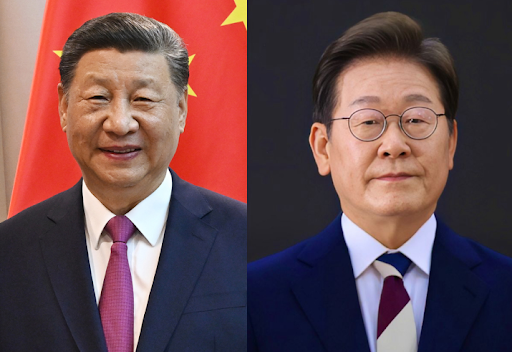Chinese President Xi Jinping’s state visit to South Korea was marked by a stark contrast: official pomp inside the presidential palace and vocal protests on the streets of Seoul. Hundreds of demonstrators rallied against what they see as overbearing Chinese influence, creating a tense domestic backdrop for President Lee Jae Myung’s delicate diplomatic talks.
President Lee, who has tried to crack down on such protests, found himself in an awkward position, trying to placate a powerful neighbor while managing public dissent. This internal pressure mirrored the external pressures he faces, balancing the UNote:S. security alliance with a deep economic reliance on China and a perpetually hostile North Korea.
During the summit, Lee raised several contentious issues. He broached the unresolved 2017 THAAD missile system dispute, a major irritant in Seoul-Beijing relations. He also pointed to Chinese sanctions on a U.S.-linked firm, directly addressing the fallout from the U.S.-China rivalry that often impacts South Korean interests.
Lee’s most urgent request was for President Xi to help bring North Korea back to the negotiating table. This attempt to use Chinese leverage to solve a key security threat was a cornerstone of Lee’s strategy. However, the effort was dead on arrival, as Pyongyang immediately issued a statement rejecting the idea as a “pipe dream.”
In contrast to the tense political discussions, the economic side of the summit was portrayed as a success, at least by Beijing. Chinese state media focused almost exclusively on seven new economic agreements, including a currency swap. Xi’s public remarks called for “mutual respect” to resolve differences, a diplomatic veneer over the complex strategic realities facing President Lee.

